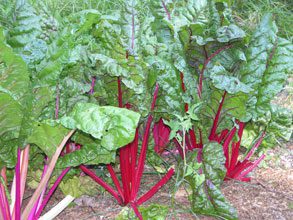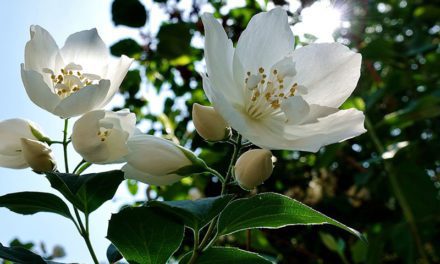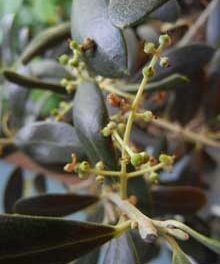 School gardens make sense in many ways. In addition to learning ABC’s children and adults can learn much more than where food comes from by engaging in one of the most popular American hobbies, gardening.
School gardens make sense in many ways. In addition to learning ABC’s children and adults can learn much more than where food comes from by engaging in one of the most popular American hobbies, gardening.
There are so many life lessons in growing plants. Seeing that tiny seeds germinate, grow into plants and produce food or flowers is miraculous at the very least. Taking care of and nurturing living things gives an individual or a group the sense of responsibility. Tasks in the school garden can include:
- Planning and research
- Math & measuring – how long, how wide, area, size, or shape of the garden beds or rows
- Reading and writing – directions for planting seeds creating maps, plans, or journals
- Watering – not too little, not too much, just right!
- Pest control – weeding and checking for beneficial or harmful insects and learning the difference between them
- Art – making signs, still life drawings
- Picking, preparing and eating the vegetables
To begin a garden choose a sunny, well-drained site that gets at least 6-8 hours of sunlight a day. Planning and research will help in the long run to design a garden that fits the needs of the children without too much strain on teachers and staff. There should be a water source available close enough for children to carry buckets or watering cans to the garden. Gardens can be planted directly in the ground or in raised beds using untreated 2”x12” boards. The boxes are filled with good soil and compost to give the plant roots adequate support, space, and drainage. If accessibility is limited or special needs children want to garden from a wheelchair there are some very nice ways to use higher boxes or mangers for planting. It is helpful to lay cardboard at least a foot beyond the perimeter of the boxes for weed control.
Most garden catalogues include plants and seeds that will grow in limited space, so when selecting varieties look for dwarf and compact types and use trellises to do some vertical gardening. Cool season vegetables will grow during the school year, and there are a good many choices that children enjoy like lettuce, carrots, kale and spinach. Sugar snap peas can be picked and eaten right off the vines. There are several edible flowers and herbs that can be grown during cool seasons too. Pansies, violas, cilantro, parsley, dill, fennel, mint, and nasturtium are tasty and will also attract pollinators. A child may be more likely to try eating a vegetable or herb that he/she grew.
The South Carolina Department of Agriculture has a program called “Farm to School” which has several components to not only serve fresh vegetables and fruits in the lunchroom, but also encourages school gardens and farm visits. The mail objectives are to teach where food comes from, encourage healthy lifestyles, and promote SC Agribusiness. There are grants from corporations like Boeing, Lowes, and Home Depot that are available to purchase plants and supplies. There are local businesses that will donate or reduce the cost to school and community garden ventures. There are Master Gardeners who can help “coach” a school garden project. The process may be more important than the results. Gardening is a life learning experience and skill that begins with energy from the sun, good soil, rain water, seeds and a desire to grow and nurture. It makes sense.







